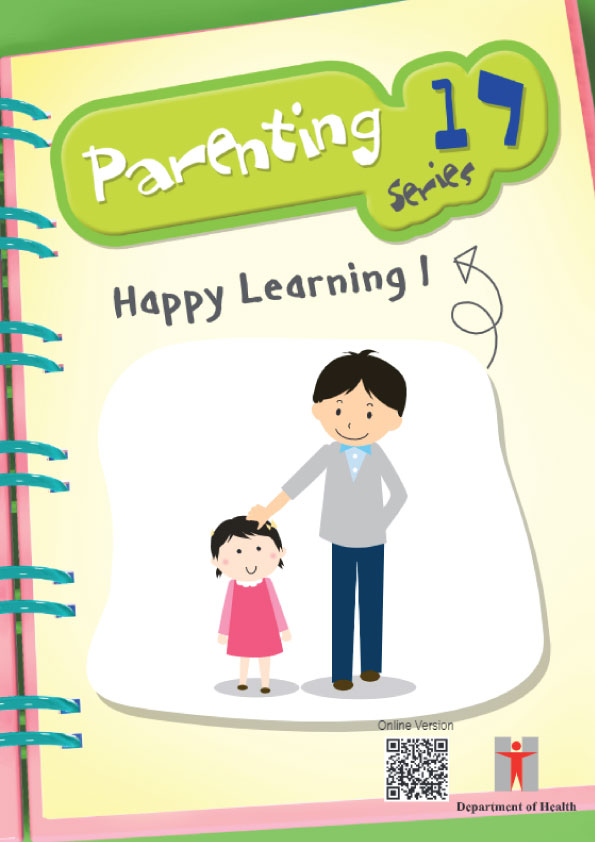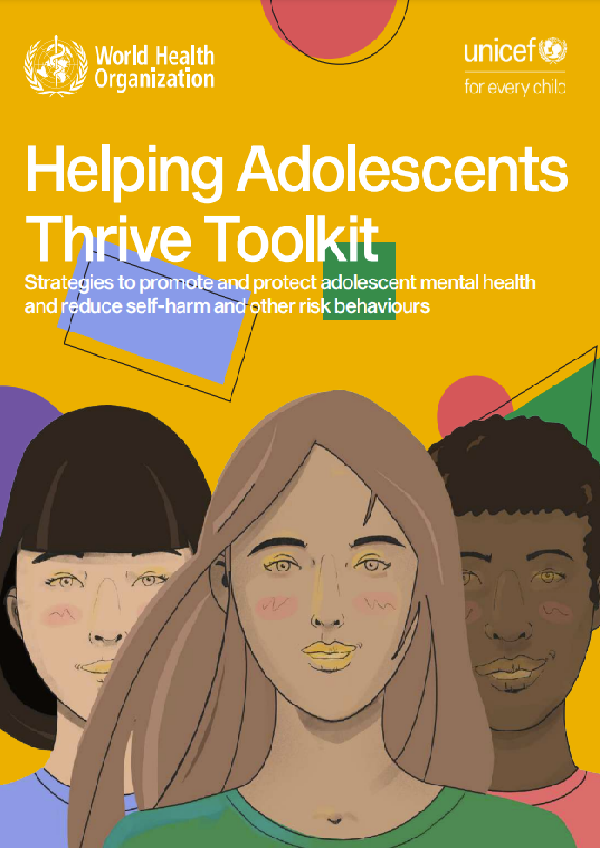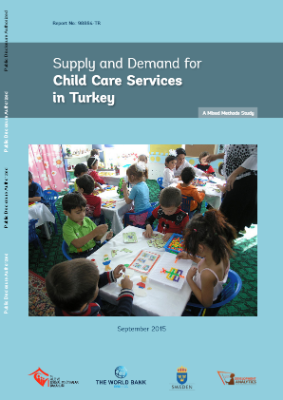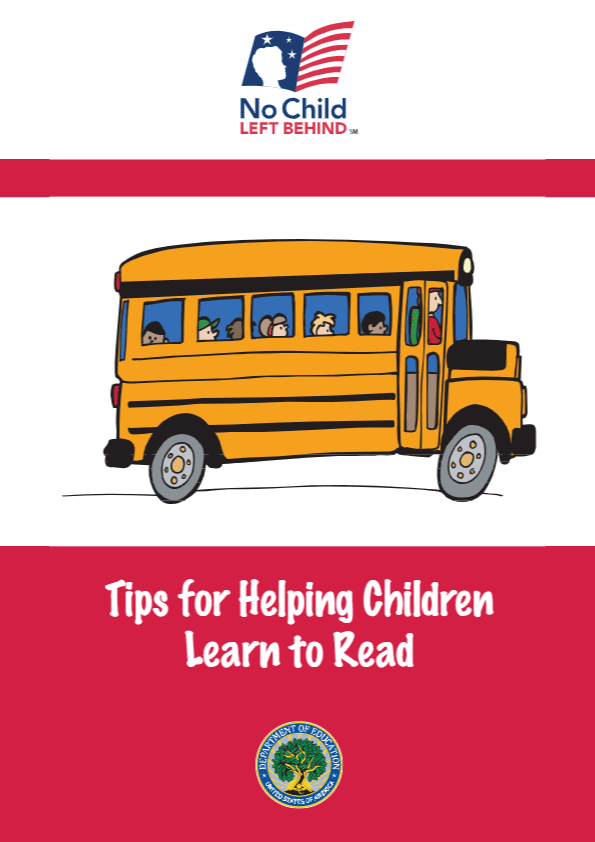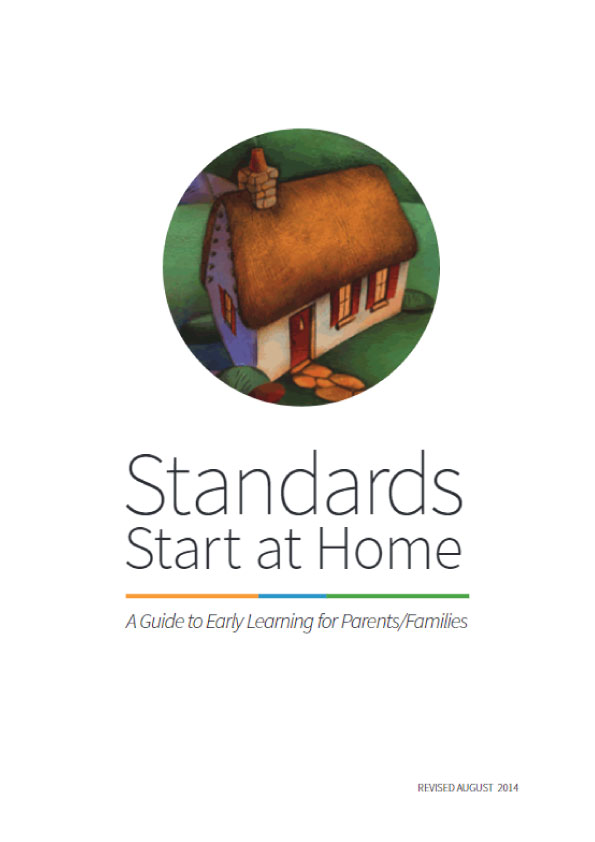Is your child always unwilling to practise the piano? Does he need your frequent urging to complete a piece of work, or doesn’t he ever want to pick up a book to read?
The behaviours described above depict a child who is passive in learning. Children are born with curiosity and interest to explore. Nowadays, many schools and families ask children to learn a lot and to have higher performance. Children may easily lose motivation to learn under demand. Adults may then use all sorts of means including threatening and bribing to try to motivate them. As a result, children tend to learn for rewards, for competing with or pleasing others. Parents and child workers should maintain children’s curiosity and strengthen their motivation to learn. By doing so, children will become active learners and show interest to know the world.
Helping Children to be Active Learners
Children who are motivated to learn do not give up easily. They will try various ways to solve a problem. As they do not see examination marks as the only goal, they can usually achieve better results in learning. To help children become active learners, they need to feel learning is pleasurable and brings satisfaction. You may help them to achieve it through enhancing their self-esteem, sense of achievement, persistence and creativity.
1. Maintaining a good parent-child relationship
- Children need parental attention and support. Having a good relationship with your child is important. Interact frequently with your child and talk with her. The essence of quality time lies in the involvement of parents with the child and not the amount of time spent. You will understand her better, facilitate her language development, and instil in her stable emotion and cooperation for learning.
2. Setting daily routines
- Help your child establish good learning attitudes and habits by setting regular daily routines since his early childhood, e.g., regular bed time, time for learning, playing and reading. It helps your child develop independence and self-discipline in daily living.
- Reading daily with your child is a starting point to cultivate his interests and habits in reading. Choose interesting books to read with him and discuss the contents together. Remember reading at this stage is for fun. So do not turn reading into a word recognition task.
3. Having realistic expectations
- Appreciating individual differences and modes of learning
- Every child is unique and born to have individual differences. Understand her characteristics through observing her play, interaction with peers or other daily behaviours. Have realistic expectations on how she learns and accept the differences. Learn to appreciate her abilities in different aspects.
- Adjust the pace of learning, give them more guidance and explore their potentials for less capable children. For more capable children, you may set relatively higher goals for them to realize their full potential while holding their learning interests.
- Appreciate that children have different modes of learning. For example, some like to think and express themselves, while others prefer to learn through seeing and touching. To facilitate the former to learn, you may stimulate their thinking by holding discussion with them. The latter may learn better through live demonstration and outdoor activities.
- Take into account the strengths and weaknesses of your child and help her acquire successful learning experiences. By doing so, your child will think of herself positively, develop her potentials and enhance her self esteem. Children seeing themselves useless lack the confidence in trying new things, let alone exploring their capabilities fully.
- Allowing your children to face challenges
- Children need to experience difficulties by themselves, learn from mistakes and cope with failures so as to know more about the world and build up self-confidence. Do not over-protect your child or set too many limits for him for fear that he may fail or mess up.
- Let your child try to solve problems by himself. Do not give direct assistance or answers. Allow for errors. For example, when he encounters difficulties in solving a puzzle, observe how he tackles the problem first. Prompt him when necessary by saying things such as, “Let’s see which piece has the same colour as this one.”
- Set realistic short-term goals together with your child. For example, he will have to play eight bars accurately when practising the piano. Encourage him to achieve it.
- Once your child completes a task, praise him for trying to overcome difficulties and challenges. You may also discuss with him the process gone through, review his methods in learning and identify one thing that he can improve. When children have completed a task with good effort, the sense of achievement will turn into motivation for learning.
4. Giving encouragement and praises
- Praises, if used inappropriately, will make your child overly proud and conceited. This in turn will result in her feeling deflated and loss in confidence when facing failures and challenges.
- Appreciate and praise your child’s enthusiasm and efforts made in learning instead of praising for her abilities. Instead of saying things like, “You are so brilliant to have the work done”, describe what your child did directly, “I am proud of you for making good effort to complete the work!”
- Praise before you give suggestions to her. Suggestions have to be constructive and achievable , “Next time, you may colour along the outline of the shape first before filling the inside up to keep the colour from shooting out of the line.” Refrain from calling names or being critical, such as calling her “stupid”. Do not ask her to re-do the piece of work as this may affect her eagerness to learn.
5. Identifying interests and encouraging creativity
- The preschoolers are energetic, curious to things around them and keen to explore. Allow your child freedom to explore in a safe environment with the least necessary restrictions. For instance, allow her to scribble in a specified area or let her separate her toys into parts to satisfy her curiosity.
- Encourage your child’s creativity. Involve her in activities which allow imagination and thinking such as drawing, block building, playing with clay and dough or pretend play. You can also guide her to use household items (e.g. old magazines and plastic bottles) to make toys.
- Join in your child’s activities and complete a creative project with her. Let her take the lead without giving her direct instructions. Remember to praise her for her efforts and results achieved in the process.
- Children of this age like to ask “why”. The questions asked reflect their interests in particular subjects. Listen to your child’s questions patiently. Use guiding questions to prompt her to come up with an answer to the questions and to elicit further questions. For example, “You want to know why a car moves. Let’s see what are moving when the car moves.” In this way, you help your child expand her ideas.
- What you think is interesting may not necessarily be so to your child. Discuss with her when you are enrolling her in interest classes. You should pay attention to your child’s activity schedule, allowing for rest time and free time. A heavy timetable may not be good for her but will exhaust her physically and mentally.
6. Expanding your child’s learning horizon
- Apart from encouraging your child to read more and be creative, you may also increase his learning opportunities outside school. By doing so, he can expose to new things and learn through different sensory experiences. Take him to visit museums, libraries, zoos and botanical gardens regularly. Reading the names of food on a menu in a restaurant with him is also an example of learning in everyday life.
- Nature is the richest source to inspire children’s curiosity. Arrange plenty of outdoor activities for your child, such as visits to country parks and beaches. Collect relevant information before the visit. Let him explore freely in the environment. Discuss with him what he finds interesting will stimulate his thinking and language skills.
- Technology products like computer, television, VCDs, electronic games, mobile phones and other portable electronic device provide abundant information and novel ways of learning. Although it is possible to know the world without leaving home, children may develop indulgence if they are exposed to these products too early. This will in turn decrease young children’s chances of exploration by other means and affect their development in social, sensory and motor aspects. So limit the time spent on using these devices to less than 1 hour daily. Accompany your child and give guidance on the activity to enhance its educational value.
7. Home-school relationship
- When choosing a suitable school for your child, find out more about the missions and the teaching modes of different schools. It is equally important to know the capabilities and learning style of your child before selecting a school. In addition, it helps later on in guiding through her schoolwork.
- Have regular communication with the preschool teachers to understand how your child adjust and perform. Talk with your child about her experiences in preschool and guide her learning when necessary.
8. Be a role model
- For your child to develop the qualities described above and become an active learner, practise what you preach. A “learning family” is characterised by having parents who are eager to learn, demonstrating good parent-child communication and members learning from each other. Remember, the efforts you pay today plants for the bright future of your child!
